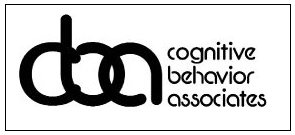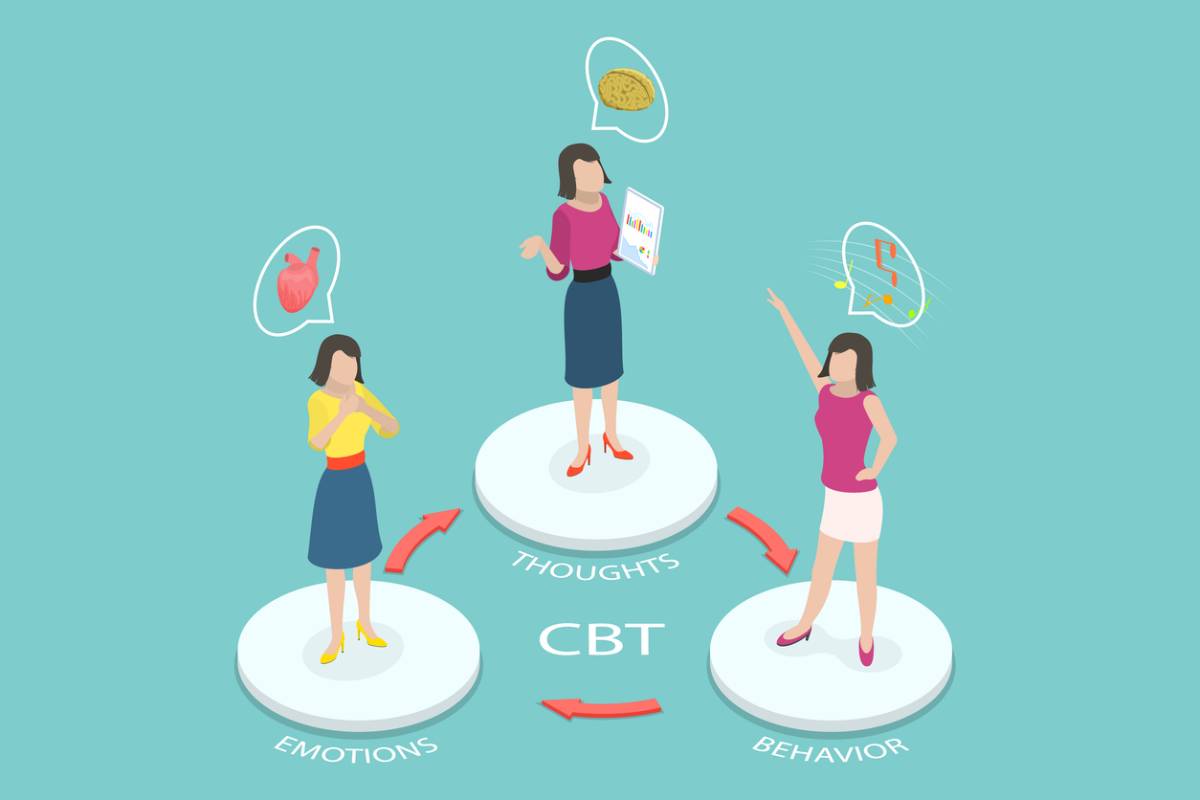Cognitive behavioral therapy is a type of mental health treatment practice that has the power to positively shape and transform a patient’s life. It is considered a powerful tool that can assist patients with a variety of mental health matters. So, what are the underlying principles of cognitive behavioral therapy?
Learning more about this effective set of practices can help you decide if cognitive behavioral therapy (CBT) is right for you. If you are interested in CBT, take a look at this guide that can help introduce you to the principles that define it.
What Is Cognitive Behavioral Therapy?
Cognitive behavioral therapy is a set of mental health practices that aim to have a patient deconstruct and dispose of harmful thought patterns and behaviors that might not be serving them in the long run. CBT is considered one of the most powerful tools available for patients.
Who Can Benefit from Cognitive Behavioral Therapy?
Many different harmful patterns and issues can be addressed using cognitive behavioral therapy. Some of the ailments that can be rectified using this practice include:
- Anxiety disorders
- Substance abuse and misuse
- Eating disorders
- General anxiety
- Anxious thoughts
- Depression
Many other issues can plausibly be addressed using cognitive behavioral therapy. You can discuss with your primary care provider or a CBT therapist whether or not they think that you could benefit from this type of treatment.
What Are the Underlying Principles of Cognitive Behavioral Therapy?
There are several core principles that guide the practice of cognitive behavioral therapy. These principles act as guideposts that a practitioner and patient can reference as they move along the journey of improving the patient’s well-being. The three layers of cognition that are recognized by cognitive behavioral therapy include:
- Core beliefs
- Dysfunctional assumptions
- Automatic negative thoughts
The above levels of cognition describe the way that individuals can become locked in instinctively negative thought patterns that create some level of unhappiness or discordance in themselves. The above levels of cognition correspond to the following negative beliefs:
- Negative views about oneself
- Negative views about the world
- Negative views about the future
The Beck Cognitive Model
The Beck cognitive model is a model that describes the sequence of events that create negative thought patterns in individuals. Under the Beck’s model, the following steps are gone through:
- Situation: a distressing situation or trigger is experienced.
- Thoughts: the situation or trigger creates negative thoughts.
- Reactions: the negative thoughts that are experienced create a series of emotional reactions. These reactions are split up into the following categories: emotional, psychological, and behavioral.
This cognitive model serves as the basis for understanding negative thought patterns that an individual might experience.
CBT Treatment
There are several structural elements related to cognitive behavioral therapy that inform its practice. The primary structural elements that one can expect to encounter include the following:
- Structured: CBT sessions are highly structured and are meant to be collaborative. Part of this means that the work that you do outside of your sessions is just as important as the work that you do inside of them.
- Collaborative: CBT sessions are seen as a collaboration between therapist and patient. This means you will be expected to actively participate in your sessions in a way that you might not be used to.
- Goal-oriented: Part of CBT involves making concrete goals and benchmarks that can be met. You and your therapist will work together to define these.
- Time-based: CBT is highly time-based and is expected to be completed within a set number of sessions. Most patients can expect to complete their CBT program within 6–14 sessions.
Goals of CBT
Several cognitive goals define the aims of a CBT practice. Some of these include the following:
- Identify problematic thought patterns and behavior.
- Consciously challenge and reframe dysfunctional assumptions.
- Set achievable goals.
- Being more present with yourself.
- Develop a more positive perspective.
- Become more resilient.
- Experience a higher degree of control in your life.
- Be able to serve as your own therapist to some degree.
- Recognize that your thoughts do not represent every part of you.
The above are just some of the core principles underlying CBT. You and your therapist will work together to create a personalized set of goals for your own sessions.
The Best in the Business
Cognitive Behavior Associates is one of the most highly regarded therapy practices in the Los Angeles area. If you are interested in learning whether or not you can benefit from cognitive behavior therapy, contact us today to set up an appointment to look into our resources for therapy.

